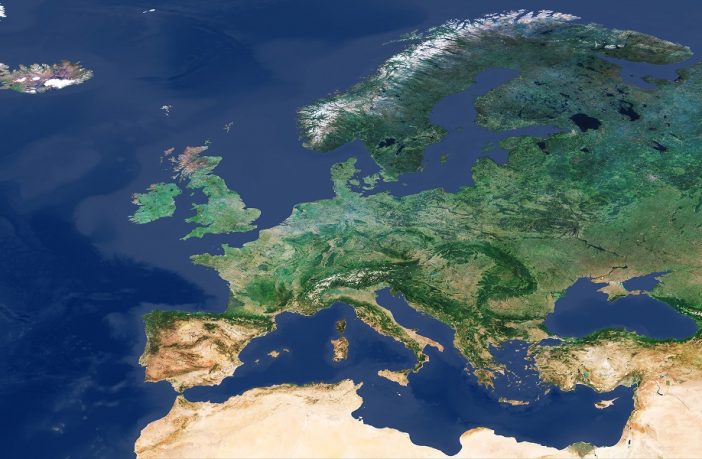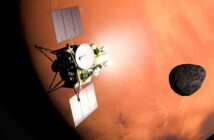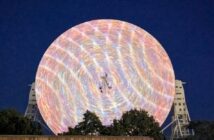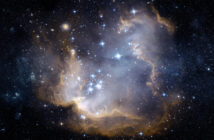A new five-year partnership has been agreed between The Open University (OU)’s Centre for Electronic Imaging (CEI) and innovative technology company Teledyne e2v. Together the collaboration will advance imaging detector technology for space science and earth observations.
Specifically the partnership will continue to develop “space hardened” CCD and CMOS detector technologies from x-ray, ultraviolet, to visible and near-infrared wavelengths of light.
Key benefits of the collaboration include:
- IP development for commercialisation by Teledyne
- The continued growth and strengthening of the CEI’s core staff of world leading authorities in Space imaging detectors
- Support of six PhD students in their research through funding and mentoring on common research projects
- Access to each parties development facilities
- The continued contribution to industry knowledge through the publication of research and technical papers
The new agreement builds on the success of the two previous successive contracts This latest, has widened the scope to reflect the increase in CMOS expertise that the CEI has been able to develop and to extend the partnership to reach the entire Teledyne Imaging group.
The widening of the partnership also reflects the significant hub of leading imaging technology development, from x-ray to thermal infrared that exists with Teledyne, for example, those within Teledyne DALSA (Canada) and Teledyne Imaging Sensors (California).
Collaborative research projects will be the result
The OU’s Centre for Electronic Imaging (CEI), known for its expertise in image sensors and radiation damage from exposure to the harsh environment of space, will undertake collaborative research projects with the Teledyne Imaging group.
Teledyne Imaging through the stewardship of Teledyne e2v will contribute in excess of £1M in funding to the CEI over a five-year period, along with the supply of technologies to support the CEI’s research streams.
Prof. Andrew Holland, Professor of Optoelectronics and Director of the CEI at The Open University said:
The signing of this renewed five-year contract between the Open University and Teledyne e2v represents part of a long-standing and very productive industrial-academic collaboration by the CEI – set to reach 20 years since its inception, to develop exciting space research avenues and doctoral training.
We believe that this joint collaboration is an exemplar in how universities can support industry, and vice versa, helping the research within the university environment, which leads to new innovations that can end up in new products, and benefit the UK economy.
Dr Mark Robbins, Chief Engineer R&D of Teledyne e2v said: “The CEI has grown to become a recognised centre of expertise for silicon based imaging and we look forward to extending our activities to include other materials and technologies employed within the Teledyne Imaging group.“
In 2017, The Open University joined another two UK groups as part of a £3M UK Space Agency funding to develop an instrument (SMILE) to research how the Earth’s atmosphere responds to powerful solar winds.
Strength of collaboration has benefited wider space community
The SMILE (the Solar wind Magnetosphere Ionosphere Link Explorer) program is a European Space Agency (ESA) science mission, being-delivered jointly with the Chinese Academy of Sciences and due to launch in 2022. Teledyne e2v are supplying the Soft X-ray detectors as part of this development to the CEI and shows how the strength of the collaboration as benefited the wider space community.
Another key output from the previous contract with the CEI is the announcement in July 2018 that in partnership with Surrey (Surrey Satellite Technology), were awarded a contract to develop technology building blocks of a low power and high resolution CMOS image sensor tailored to address the small satellite Earth Observation (EO) market.
Under the contract (awarded by the UK Space Agency via the Centre for Earth Observation Instrumentation), Teledyne e2v, in collaboration with other organizations within Teledyne’s Imaging Group, are leading the development of new technology which will simplify EO satellite system design using CMOS Time Delay and Integration (TDI) image sensors.
Main Image:
Hyperspectral images taken by Teledyne e2v CCD55-20 sensor.
Credit: Cloud-free images from the Copernicus Sentinel-3A satellite
(contains modified Copernicus Sentinel data (2017), processed by Sinergise/ESA.



